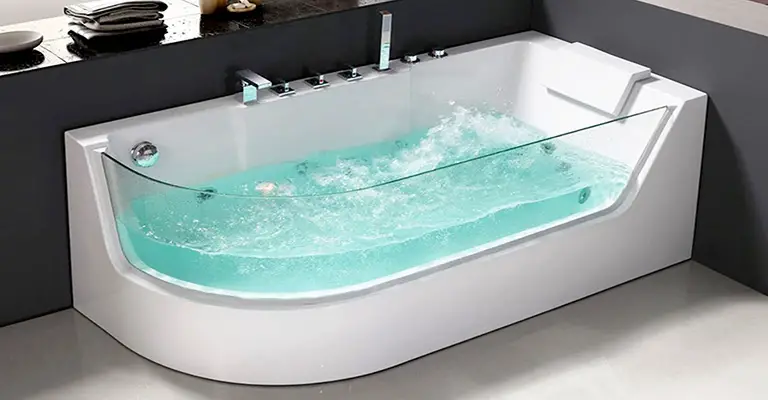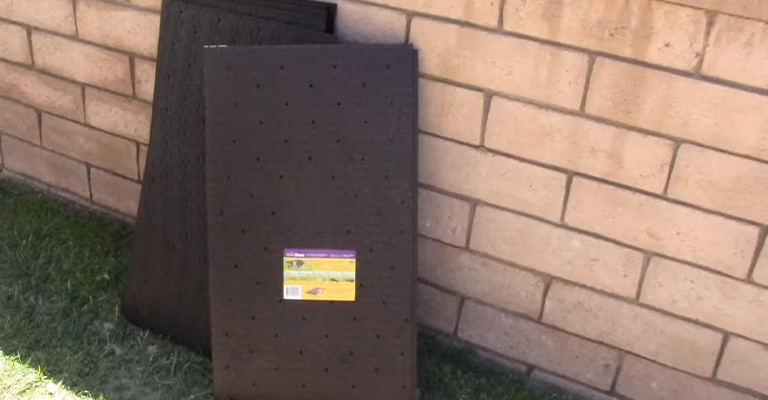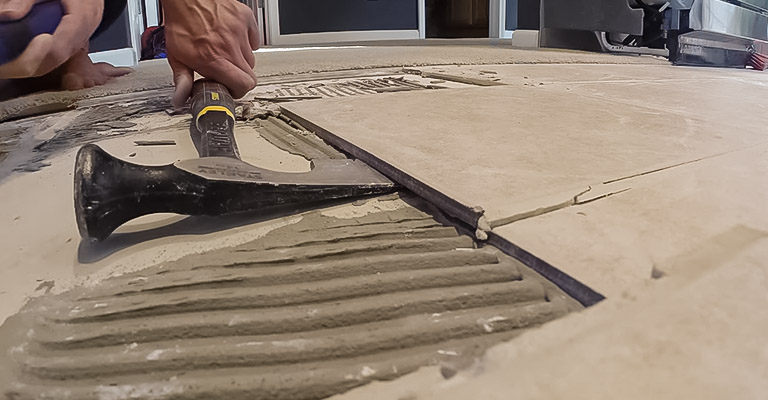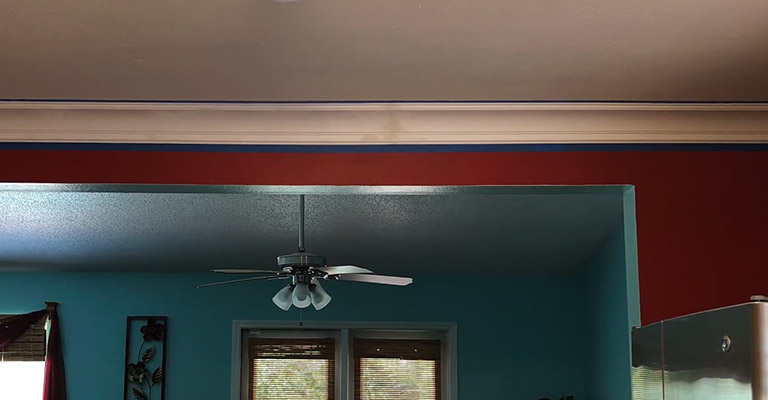Learn the Basics of Heating Installation
Whether you’re building a new home or renovating an older one, one element that requires careful consideration is the heating system. Heating installation not only keeps you warm during those chilly months but also plays a vital role in energy efficiency and overall home comfort. This article will guide you through the essentials of heating installation, helping you make an informed decision.
Why is Proper Heating Installation Important?
Comfort
A correctly installed heating system ensures that every room in your home reaches the desired temperature. It eliminates cold spots and ensures consistent warmth.
Efficiency
An efficient installation can save you significant amounts on your monthly energy bills. A poorly installed system, on the other hand, can cause heat loss, leading to higher energy consumption.
Longevity
Proper installation prolongs the lifespan of your heating system, minimizing breakdowns and unnecessary repairs.
Types of Heating Systems
There are several types of heating systems available. Each has its advantages and is suitable for different home layouts and requirements:
Forced Air Systems
These are the most common type. They utilize a furnace to heat air and distribute it through the home using ducts.
Radiant Heating
Often used in floors or walls, this system uses electric coils or tubes of hot water to emit heat.
Hydronic
This system uses water heated by a boiler and can be used for heating floors or radiators.
Steam Radiant
These are older systems, mainly found in older homes, where steam is distributed to radiators.
Steps to Ensure Successful Heating Installation
1. Assessment
Before diving into the installation process, it’s essential to assess your home’s size, insulation level, and general layout. This helps in determining the most suitable heating system for your needs.
2. Choosing the Right Contractor
Not all heating contractors are created equal. Opt for experienced, licensed professionals with solid reviews. They should be familiar with the latest installation techniques and building codes.
3. Quality Equipment
Go for reputable brands and systems with high-efficiency ratings. While they might be a bit pricier initially, they will save you money in the long run.
4. System Sizing
Ensure your system is the right size for your home. A system that’s too big or small can lead to inefficiencies and reduced comfort.
5. Correct Installation
The actual installation process should adhere to the manufacturer’s instructions. Ductwork should be well-sealed to avoid leaks, and the system should undergo thorough testing post-installation.
Post-Installation Tips
Regular Maintenance
After your heating system is installed, it’s essential to keep it well-maintained. This includes regular checks, cleaning or changing filters, and getting professional inspections when needed.
Upgrades
As technology evolves, consider upgrading components of your heating system to enhance efficiency.
Energy Efficiency
Even with a newly installed system, always look for ways to enhance your home’s energy efficiency. This could include insulating walls, sealing windows, and more.
Common Mistakes in Heating Installation
Avoiding pitfalls during the installation process is crucial. Being aware of common mistakes can save you from headaches down the line. Here are some frequent missteps homeowners and even some contractors make:
Ignoring Local Building Codes
Every region has specific building codes, especially concerning heating systems. Failing to adhere to these can lead to safety issues and hefty fines.
Skimping on Insulation
A great heating system can still fall short if your home isn’t adequately insulated. Ensure walls, attics, and basements are well-insulated to prevent heat loss.
Incorrect Thermostat Placement
Installing a thermostat near windows, doors, or in direct sunlight can lead to false temperature readings, causing your system to work overtime.
Overlooking Ductwork
Ducts play a vital role in forced air systems. If they’re leaky or not insulated, it can lead to energy loss, uneven heating, and increased bills.
Choosing Price Over Quality
While everyone loves a deal, selecting the cheapest system or contractor can often result in inferior work or equipment. It’s essential to strike a balance between cost and quality.
The Future of Heating Installation
As we look ahead, there are some exciting advancements in the world of heating:
Smart Thermostats
These devices can learn your schedule, adjust temperatures based on your preferences, and even be controlled remotely. They can contribute significantly to energy savings.
Sustainable Heating
More homeowners are seeking eco-friendly solutions. Systems that utilize solar power or geothermal energy are on the rise, providing effective heating while reducing carbon footprints.
Integration with Home Automation
As homes become smarter, heating systems are being integrated into home automation platforms, allowing homeowners to control heating alongside lighting, security, and other home systems.
The Bottom Line
The role of an HVAC system has never been more critical. From the refreshing cool of air conditioning during sultry summer months to the enveloping warmth provided by central heating systems in the heart of winter, these systems profoundly impact our indoor air quality and overall well-being. The modern homeowner is now presented with an array of choices, from efficient air source heat pump systems to traditional gas furnaces. However, the decision to invest in a new central heating system or any HVAC replacement must consider more than just the initial HVAC installation cost.
Engaging with a reputable HVAC company is paramount to ensure that your chosen system, be it heat pumps, a dedicated air conditioner, or an all-encompassing HVAC unit, is correctly matched to your home’s needs. Heater installation, like all other elements of home heating systems, demands expertise and precision for optimal efficiency and longevity. With the technological advancements in heat pump systems and the increasing demand for better indoor air solutions, the choice to upgrade or initiate a new central heating installation is a long-term investment in comfort and health.
Whether you’re considering an air source heat pumps solution, weighing the merits of HVAC systems, or merely replacing a dated HVAC unit, it’s essential to approach the process with diligence and knowledge. Grasping the intricacies of HVAC installation, from understanding the distinct advantages of central heating systems to navigating the nuanced costs of HVAC installation and replacement, ensures that every dollar spent is a step towards a more comfortable and efficient home environment.





